Residents in a Perthshire village are fighting plans for a major water works expansion, saying the scheme will overload local roads and put lives in danger.
Scottish Water says the Glenfarg reservoir upgrade is needed to safeguard the supply to 179,000 customers across Fife and Kinross-shire.
But residents in Glenfarg say they will be the ones facing major disruption – with little or no local benefit.
Villagers fear the three-year construction programme will require up to 30 HGVs and another 50 light vehicles in both directions every day.
Traffic will have to travel up Church Brae – a steep, narrow street – and onto winding rural roads to the East Blair site, a mile or two out of the village. These are currently designated as ‘cyclist and pedestrian friendly’, with passing places and a 40mph limit.
Parents are worried about the safety of children going to and from Arngask Primary School in the village.
Others are warning about the potential impact on the Glenfarg shop and post office if Scottish Water traffic prevents people from parking outside.
Almost 90 comments and 70 objections have been lodged against the planning application to Perth and Kinross Council.
Glenfarg Community Council and the local primary school parent council are among the groups fearing the worst.
Glenfarg residents ‘in the dark’ over Scottish Water reasoning
Ian Pilmer lives close to the Scottish Water base at Glenfarg reservoir, and is secretary of the community council.
He said surrounding roads are already overburdened by chemical tankers and other traffic going to and from the site.
“It’s a single track road. It’s not adequate to support a major construction project,” he said.
“There’s also a feeling that this additional water storage is not going to benefit Glenfarg. That there must be places in Fife where it could be built, rather than here.
“The message from the community council is that this project should not go ahead.”
Another Glenfarg local Lindsey Spence said Scottish Water had failed to consider the traffic impact.
“It shouldn’t go ahead. The roads are not suitable,” she said. “This is about people’s safety. It’s a risk to life.
“Why treat and store water here then transport it 16 miles down a leaky pipe?”
Resident Leigh Smith said she was worried that Scottish Water traffic congestion would put people off using the village shop and force some to leave Glenfarg altogether.
“People feel they’ve been kept in the dark,” she said.
“We’re talking about three years disruption – at a minimum – for something that’s not going to benefit the village.”
Arngask Primary School parent council spokeswoman Suzanne King said families were worried about road safety and exhaust fumes from heavy lorries.
“Parents feel the plans give little or no regard for the safety and wellbeing of our children,” she said.
‘Resilience’ key to Glenfarg plant’s future
Public comments on the Perth and Kinross Council website also question the location for the scheme.
One writes: “If you have an ounce of credibility and conscience, then these plans will be moved to another location closer to Glenrothes and putting no children at risk.”
Another says: “We hope that the planning are asking the question as to whether it is 100% necessary to locate the new water storage tanks at Glenfarg as the water is supplied via a 1,000 km pipe to Glenrothes and the storage could be there with easy access for construction.”
Scottish Water says it needs to upgrade the existing works at Glenfarg, which were built in 1984.
Additional storage space will allow it to continue to supply customers if drinking water production is interrupted.
A spokesperson said: “A very extensive water network is supplied from Glenfarg, with numerous local water storage tanks that are designed to serve nearby communities.
“Adding extra water storage at any other location would not provide the resilience that is needed for all of the communities that the site serves.”
The spokesperson added: “We fully recognise the concerns that the local community has raised about traffic issues. And we are committed to working via the planning process and beyond to address these.
“We have recently submitted a revised Traffic Management Plan which seeks to respond to the feedback we have received.
“Significant mitigations are proposed and, subject to the outcome of the planning process, we will work hard with the community to ensure any measures agree are implemented and monitored throughout.”
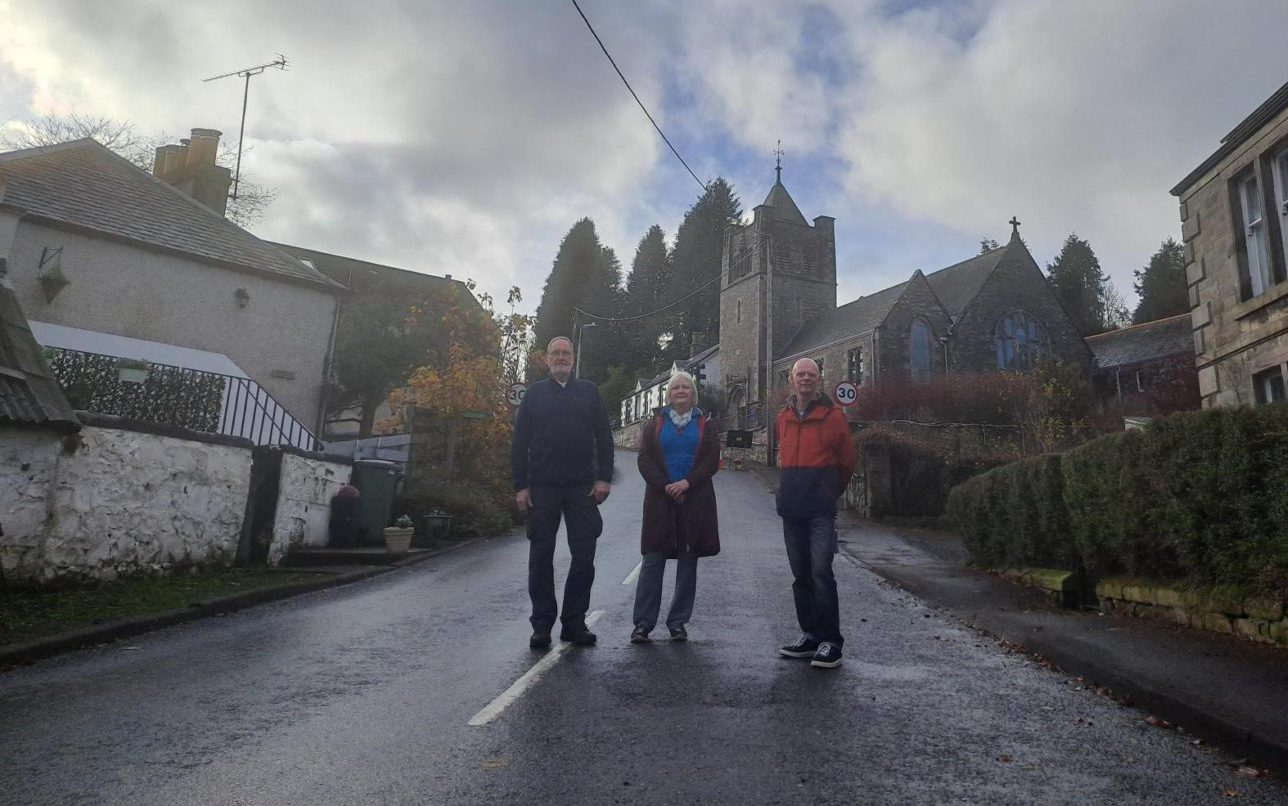
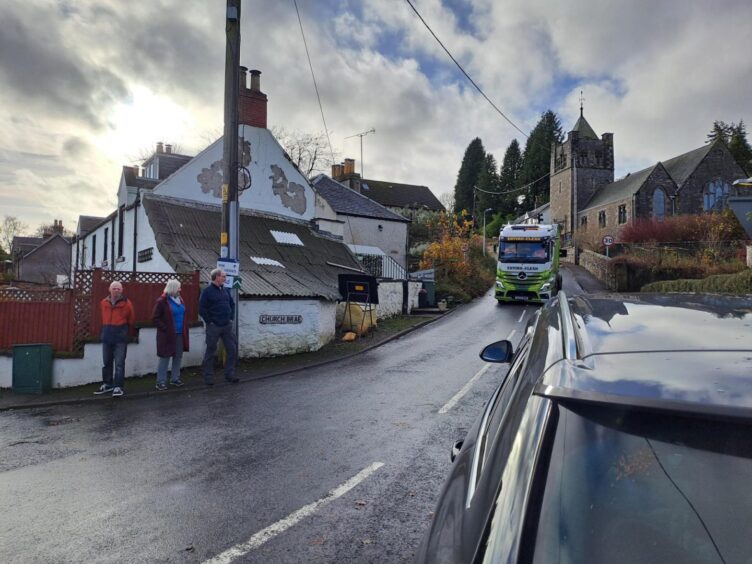
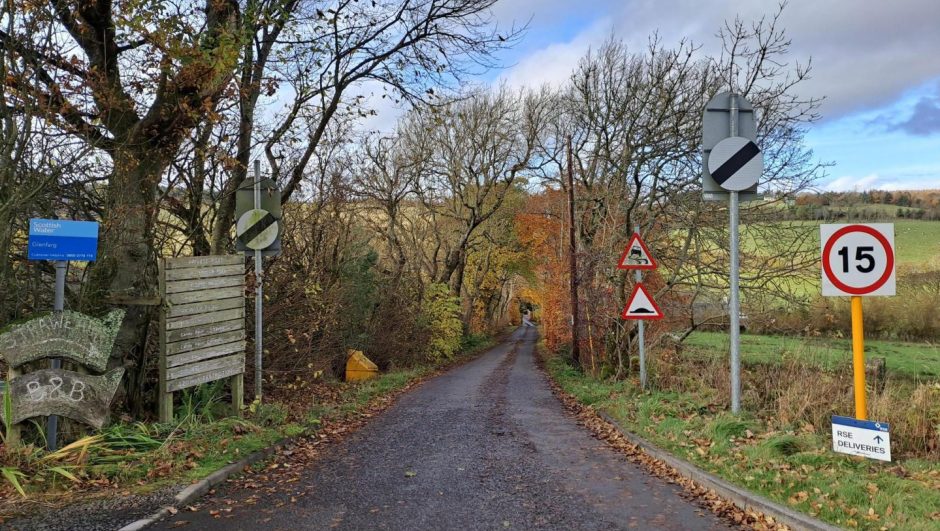
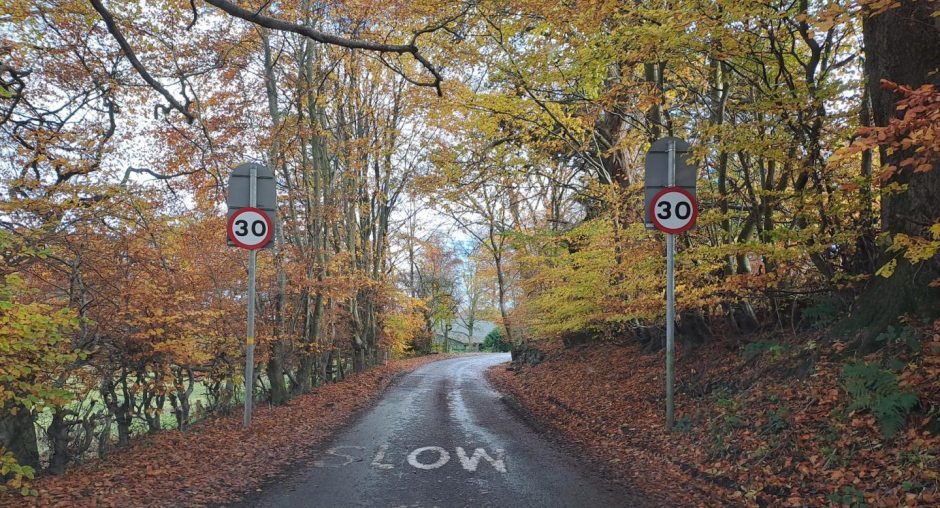

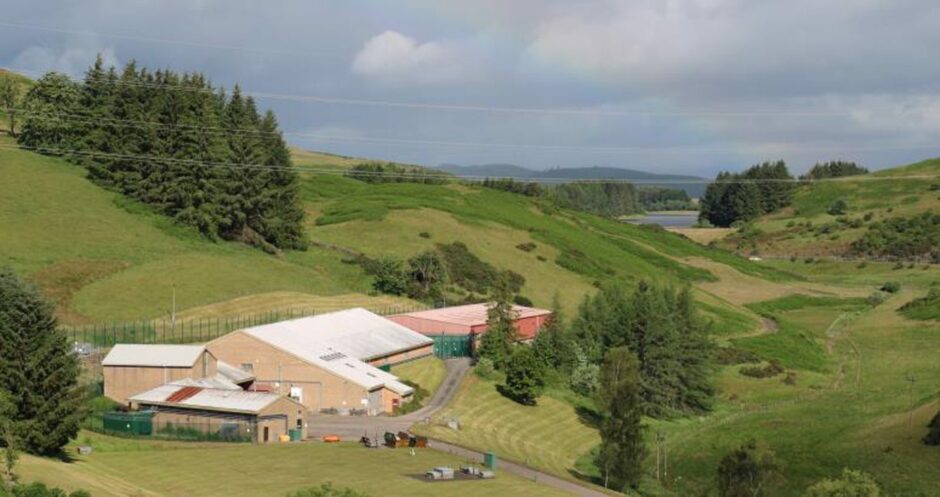


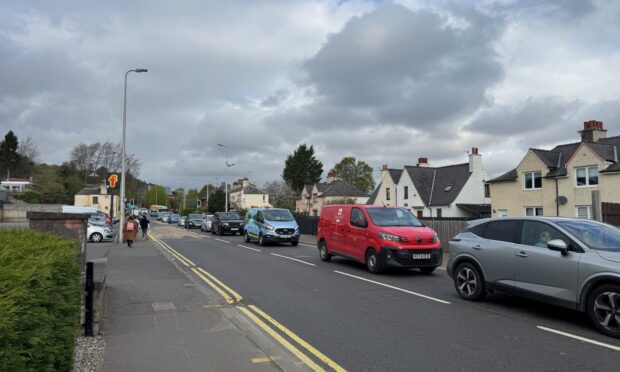


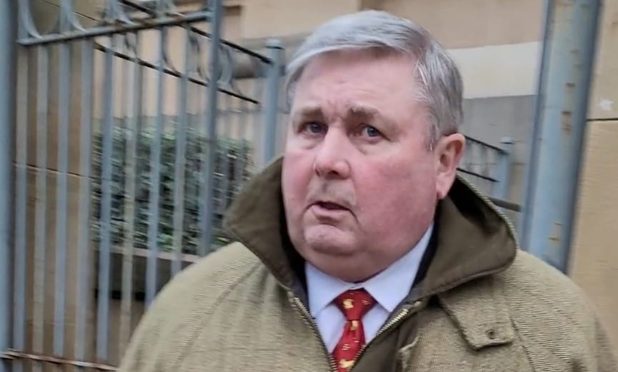


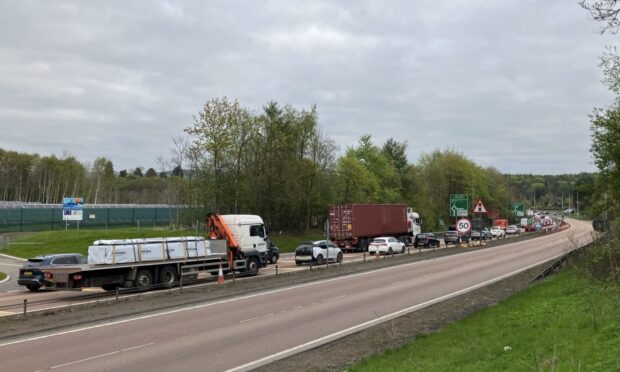
Conversation